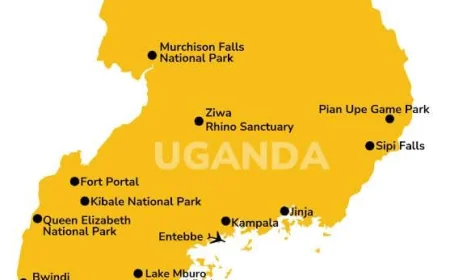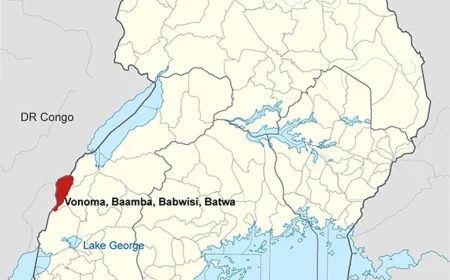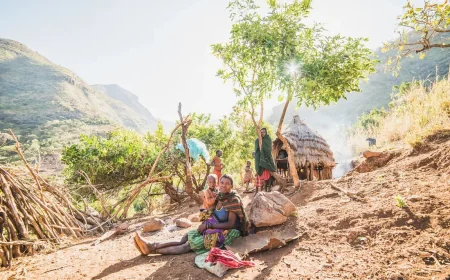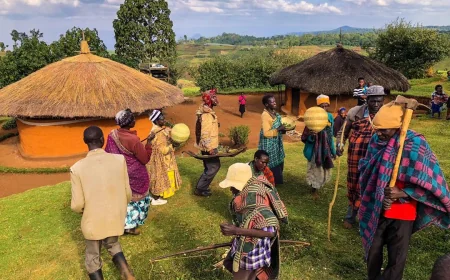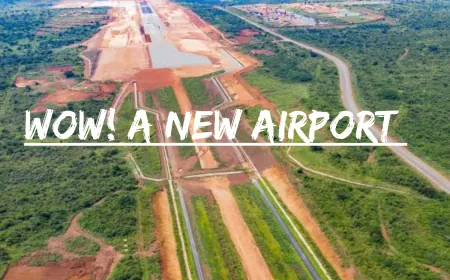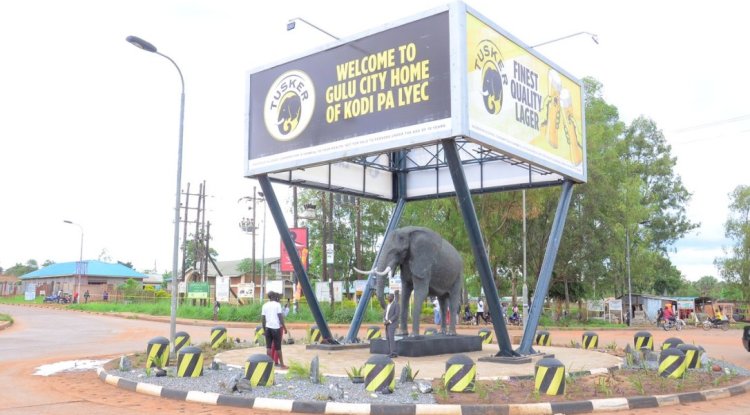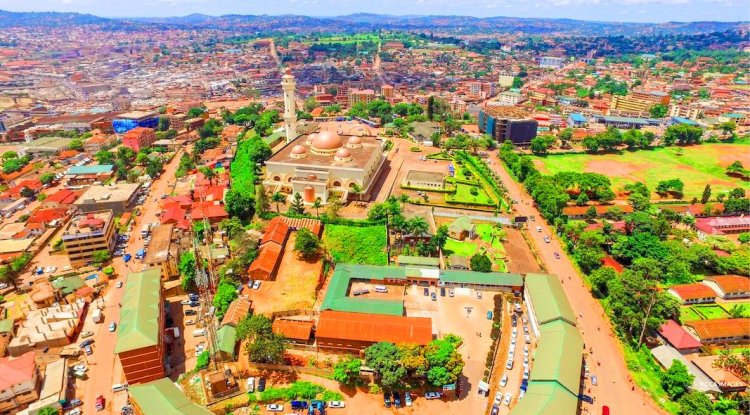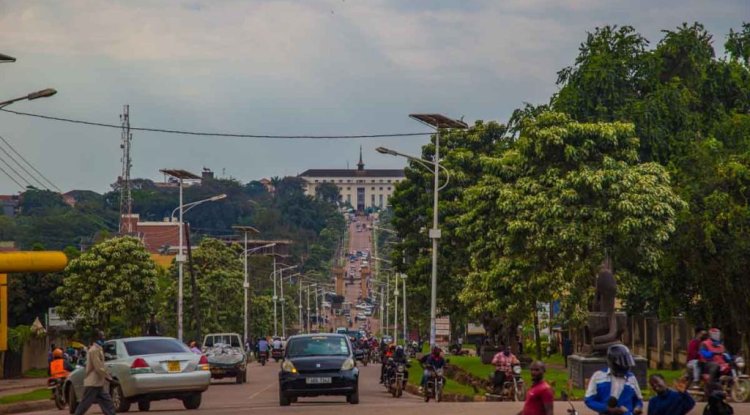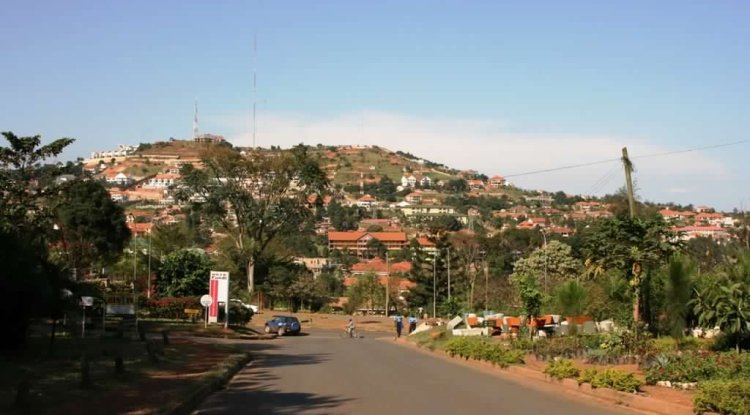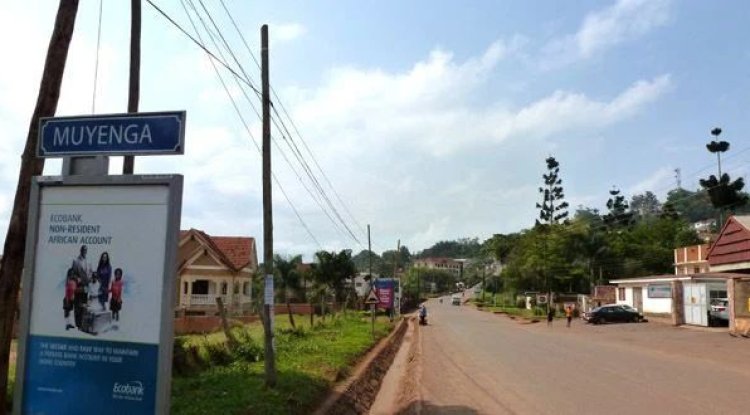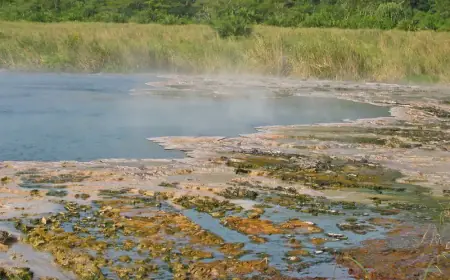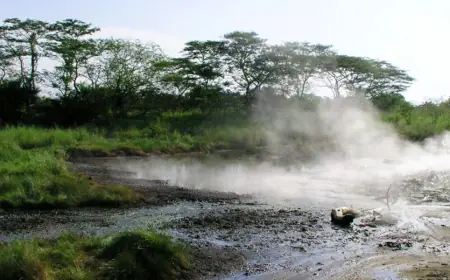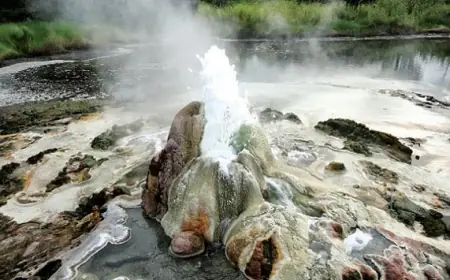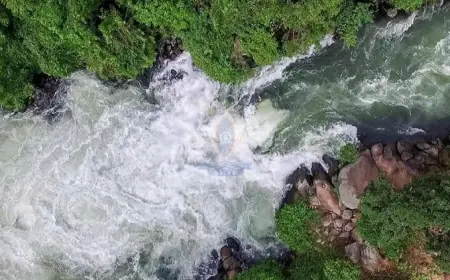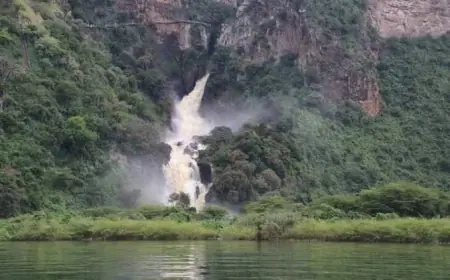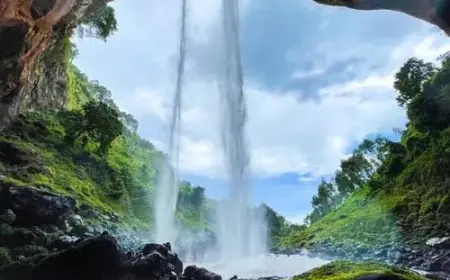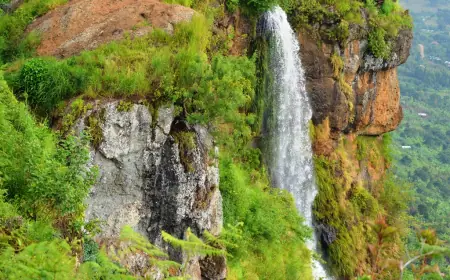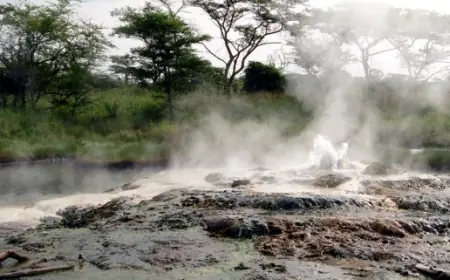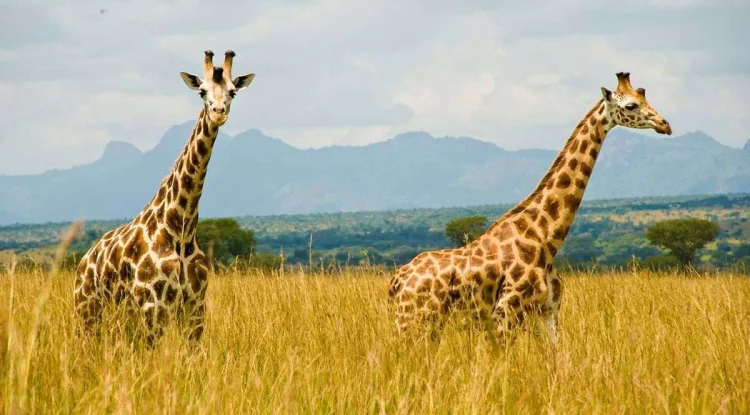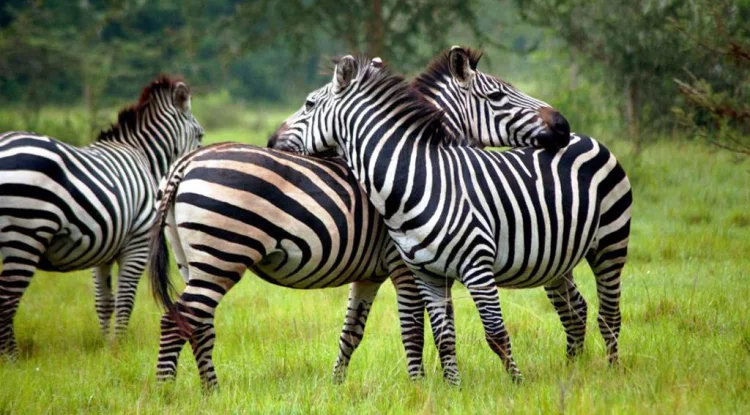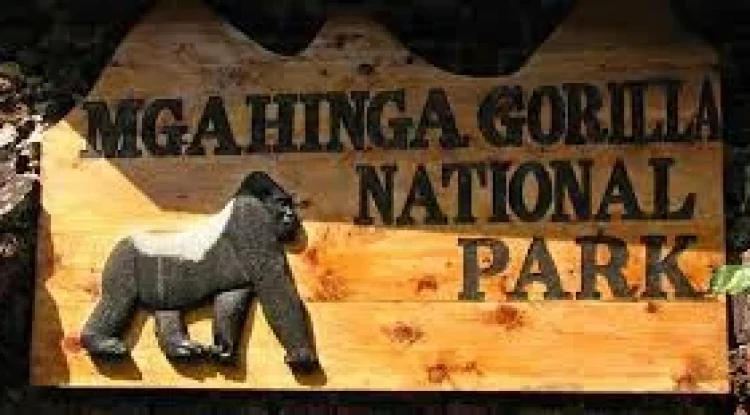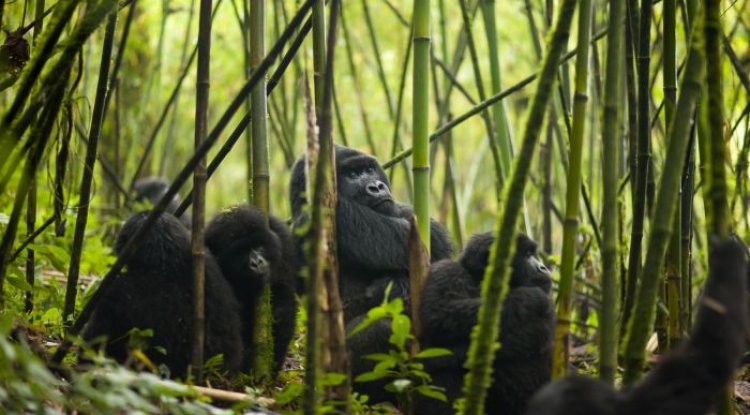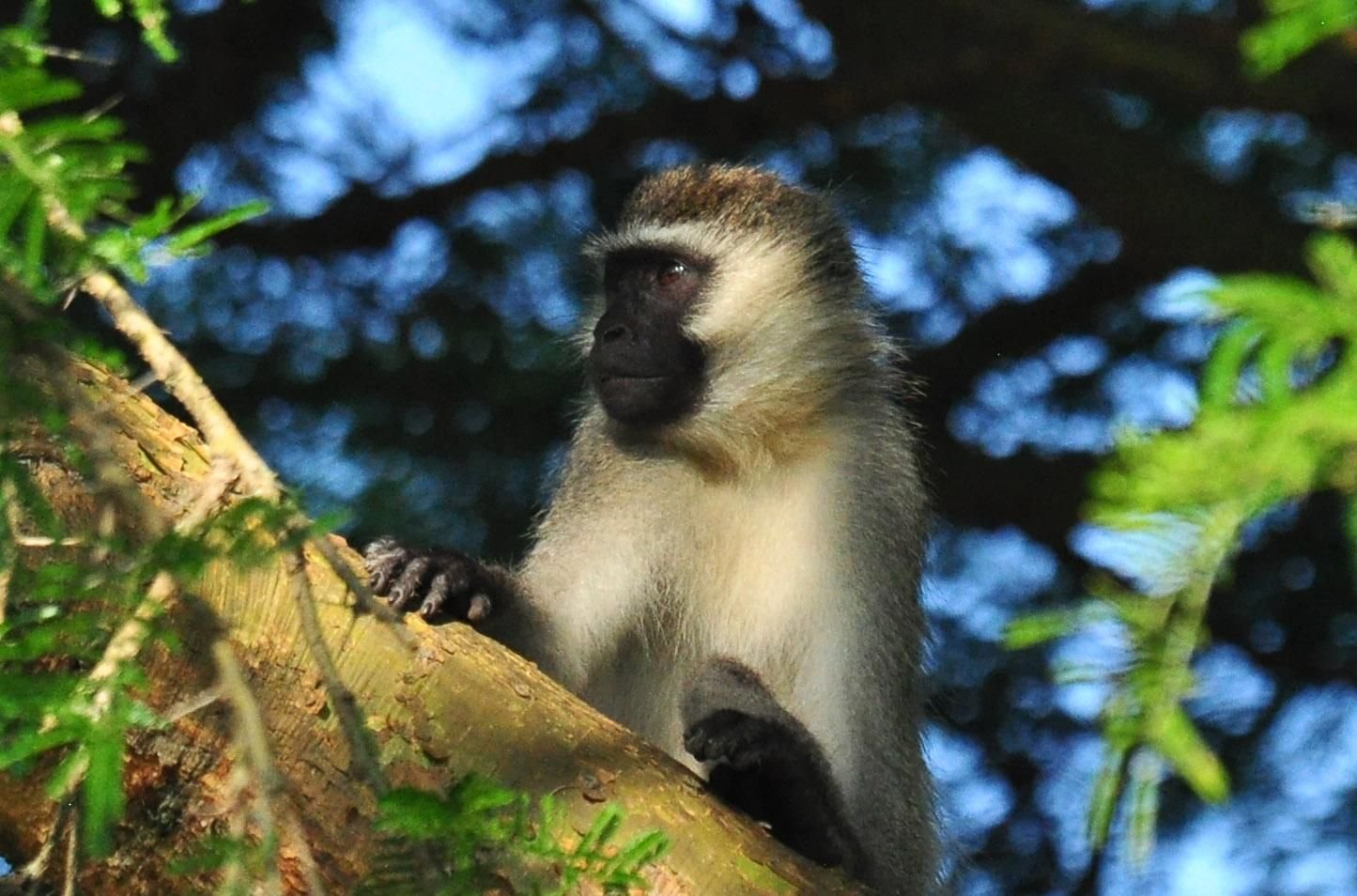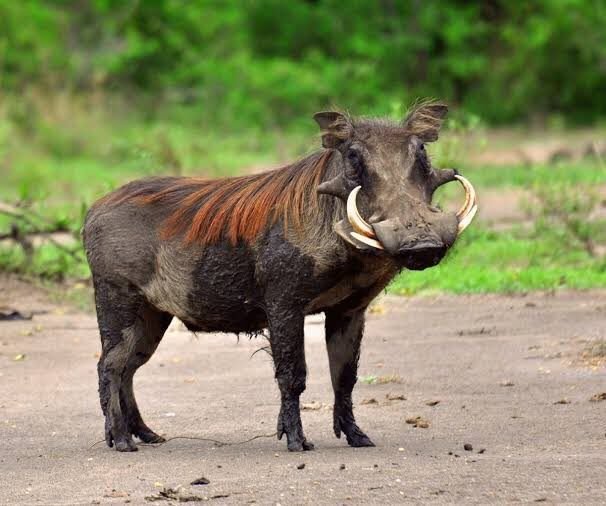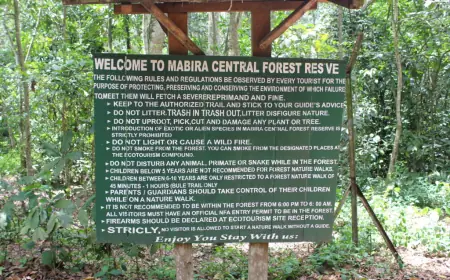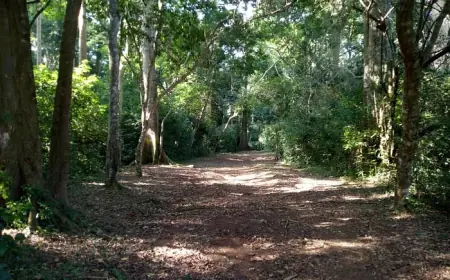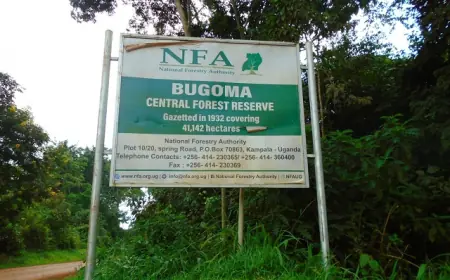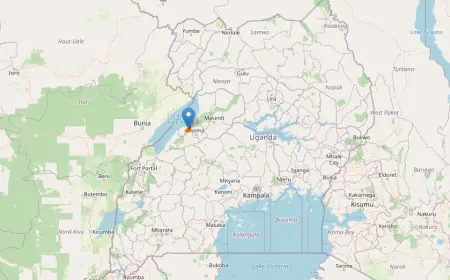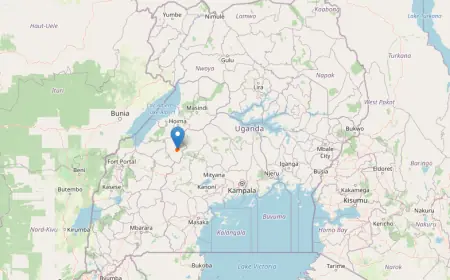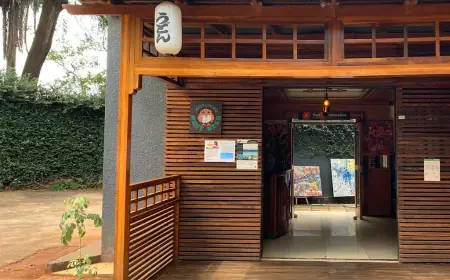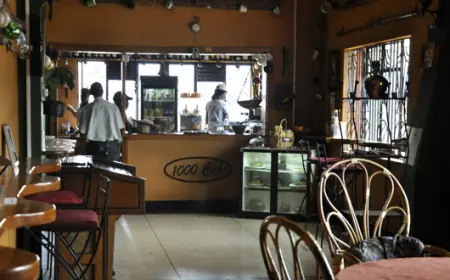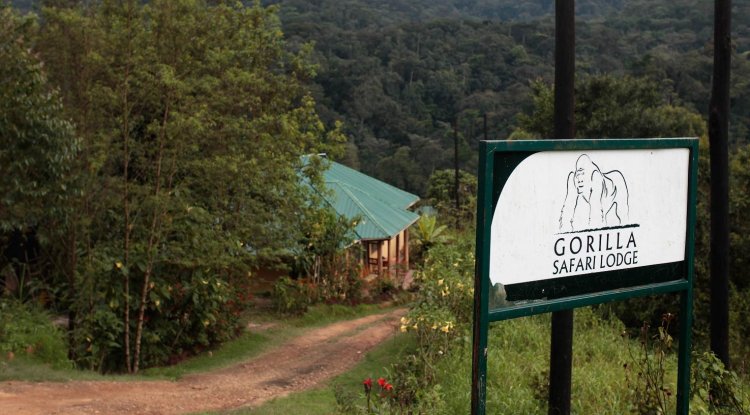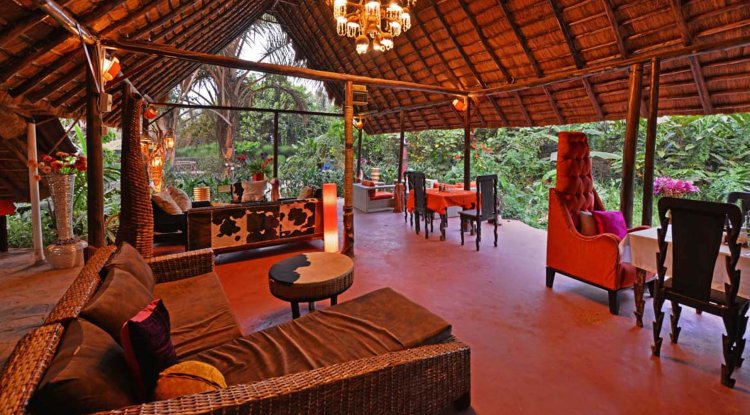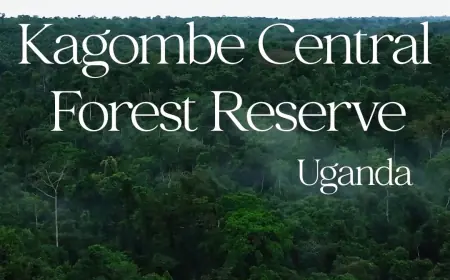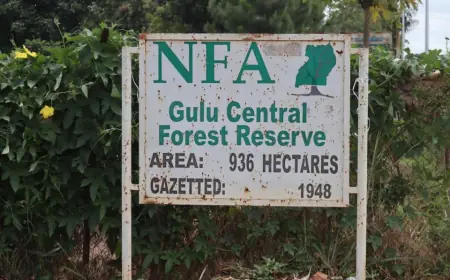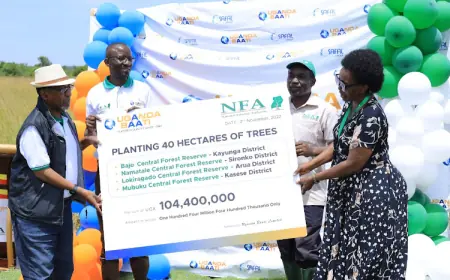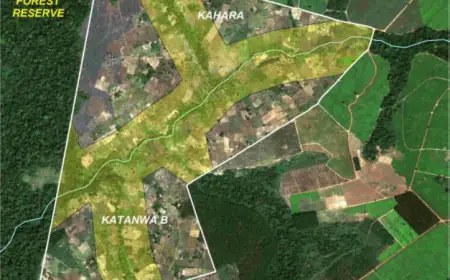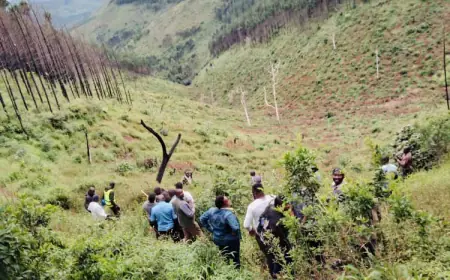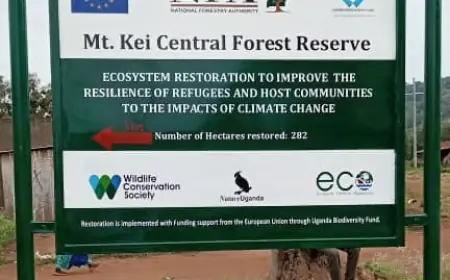Muhangi Central Forest Reserve
The forest is also a sanctuary for unhabituated populations of chimpanzees. However, these primates are under threat from bushmeat hunting and forest encroachment by surrounding community members.
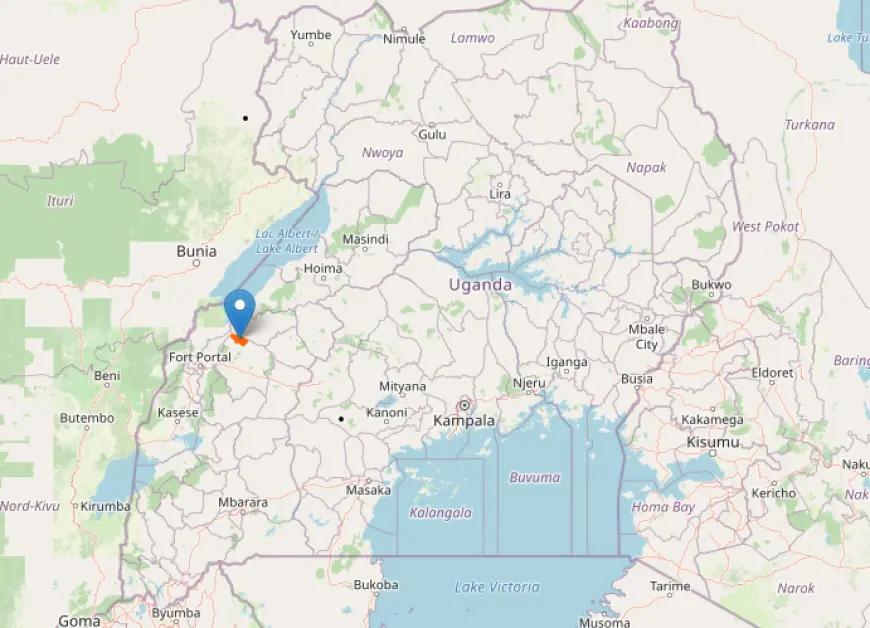
Once upon a time, in the heart of Western Uganda’s Kyenjojo district, there was a hidden gem known as the Muhangi Central Forest Reserve. This is not just any forest, but a closed tropical forest that stands as a guardian on the banks of the River Muzizi.
The Forest and Its Inhabitants
Spanning an impressive area of 2,044 hectares, Muhangi is home to a myriad of flora and fauna. Among the common tree species that grace the forest are the omuhimdi (Cynometra alexandrii), omusoko (Olea welwitschii), omunyamunuka (Celtis durandii), and omuhoko (Diospyros abyssinica). These trees not only provide a lush green canopy but also serve as a source of high-grade furniture timber.
The forest is also a sanctuary for unhabituated populations of chimpanzees. However, these primates are under threat from bushmeat hunting and forest encroachment by surrounding community members.
A Historical Perspective
The initial boundary opening of Muhangi occurred in 1957, with a further reopening in 1997. However, the latter was abandoned due to rebel activity in the area. The forest was a hideout for the Allied Democratic Forces during the 1997 and 2006 incidents, causing terror among the surrounding communities.
Conservation Efforts
Muhangi is a protected reserve managed by Uganda’s National Forestry Authority. This government institution is tasked with enforcing ecosystem protection in all forest reserves and reducing encroachment and deforestation. In the Muzizi range, where Muhangi is situated, 60 hectares of forest were planted with support from World Wide Conservation Nature. However, the lack of finances for regular spot weddings and slashing has led to the growth of weeds in some of the plantations.
Challenges and Threats
Despite the conservation efforts, Muhangi faces several challenges. Encroachment for food crop cultivation and charcoal burning is rampant. The grasslands near the settlements surrounding the forest are vulnerable to grazer encroachment and bush fires, slowing the rate of regrowth. The forest reserve lacks motorable roads, making certain areas inaccessible, especially during the rainy season.
Conclusion
The Muhangi Central Forest Reserve is a testament to Uganda’s rich biodiversity and natural beauty. However, it also serves as a stark reminder of the threats that our natural ecosystems face. As we marvel at the wonders of Muhangi, let us also remember our responsibility to protect and preserve it for future generations.
What's Your Reaction?
 Like
0
Like
0
 Dislike
0
Dislike
0
 Love
0
Love
0
 Funny
0
Funny
0
 Angry
0
Angry
0
 Sad
0
Sad
0
 Wow
0
Wow
0
